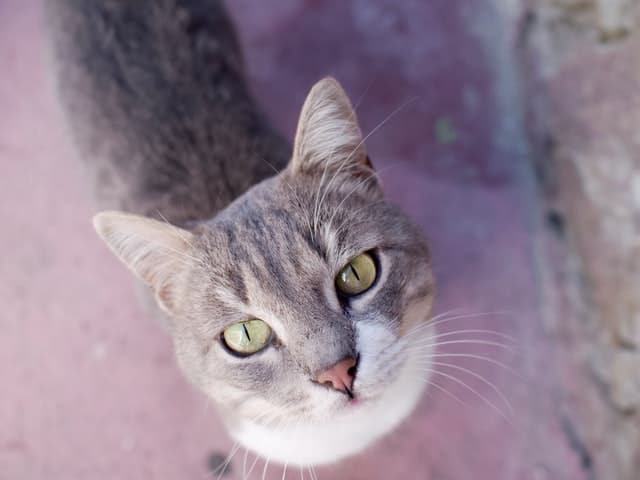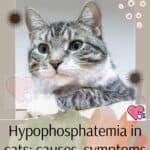
The eyes of the healthy cat must be clear and shiny. If you notice tearing, go further with a visit to rule out chorioretinitis in cats.
The eyes are a fundamental part of a cat’s life. They are very large in relation to his build and are much more sensitive to movement than ours. Felines are mainly nocturnal hunters, they do not distinguish colors well.
But to their advantage they have a feature the so-called glossy carpet, a layer of reflective cells that return light to the retina to increase night vision. Since the cat’s eyes are very special, it is advisable to regularly check if the cat’s eyes have residues or alterations to ensure that there are no diseases.
In case of redness, bleeding or excessive tearing it is advisable to consult the veterinarian. Long-snouted breeds tend to accumulate mucus in the corners of their eyes, which can be removed with careful cat eye hygiene using a moistened cotton ball. Flat-nosed breeds are prone to abundant tear flow.
With exposure to the sun, the tears take on a mahogany color, staining the cat’s fur all around. Chorioretinitis is an inflammation of the retina and choroid, the latter is a cassock that lines the eyeball, located between the sclera and retina.
Together with ciliary bodies and iris it forms the vascular layer of the eye, which is very rich in blood vessels and nourishes the retina. When these structures become inflamed, we are talking about chorioretinitis in cats.
Causes of Chorioretinitis in cats
Sometimes it is not possible to trace the precise cause of this problem, as the causes of chorioretinitis in cats can be different. Other times, however, there are obvious causes:
- neoplasms;
- septicemia;
- mushrooms;
- bacterial infections;
- viral infections (FIV, FeLV, FIP);
- protozoa;
- autoimmune diseases;
- congenital forms;
- metabolic pathologies;
- antifreeze liquid poisoning;
- adverse drug reactions;
- trauma
- parasites in cats .
Symptoms and diagnosis of chorioretinitis in cats
Chorioretinitis is usually not painful unless the front of the eye is also involved in the inflammatory process. Regardless of the cause of chorioretinitis, this disease can cause retinal detachment. Some symptoms can be:
- lacrimation;
- presence of blood;
- alterations of the vitreous;
- changes in the retina.
Diagnosis
For the diagnosis of chorioretinitis in cats, in addition to the clinical history of your cat and the physical examination, a series of tests are planned, to exclude all the pathologies that can cause this problem and obviously a specific examination to the eye.
Treatment

The therapy will depend on the causes of chorioretinitis in cats, for this reason it is essential to exclude the possible causes one after the other, in order to go more precisely towards an adequate cure that aims at healing, even if unfortunately chorioretinitis can bring back some complications such as:
- blindness in cats;
- cataract;
- glaucoma;
- chronic eye pain.
In any case, being followed from the first moment by your pet’s veterinarian is the best solution, as is the timely intervention that you can provide to your cat.






